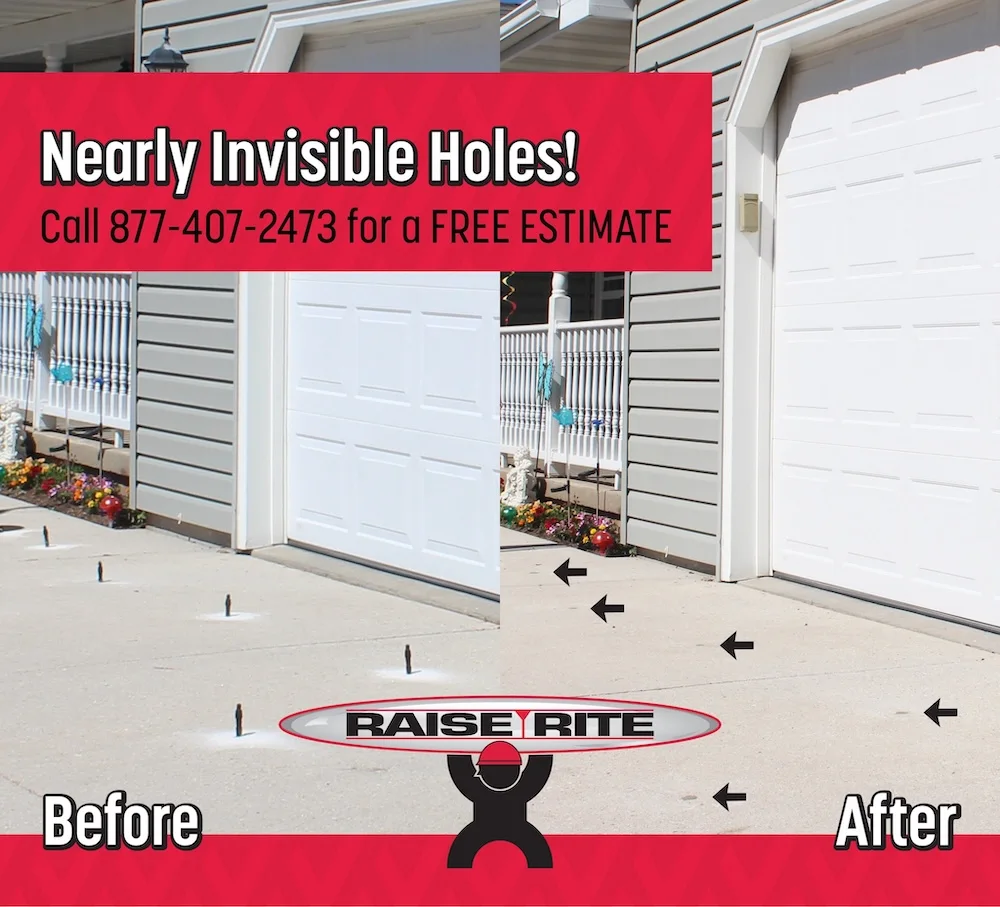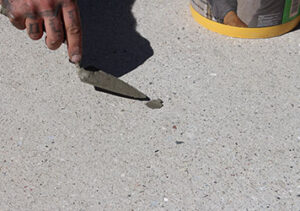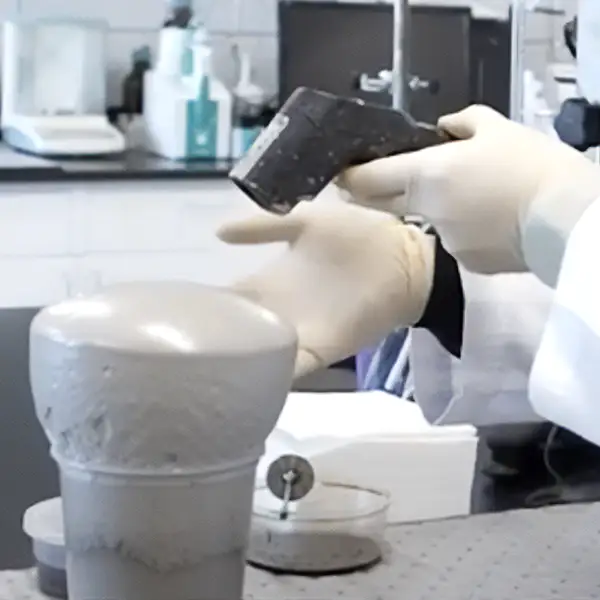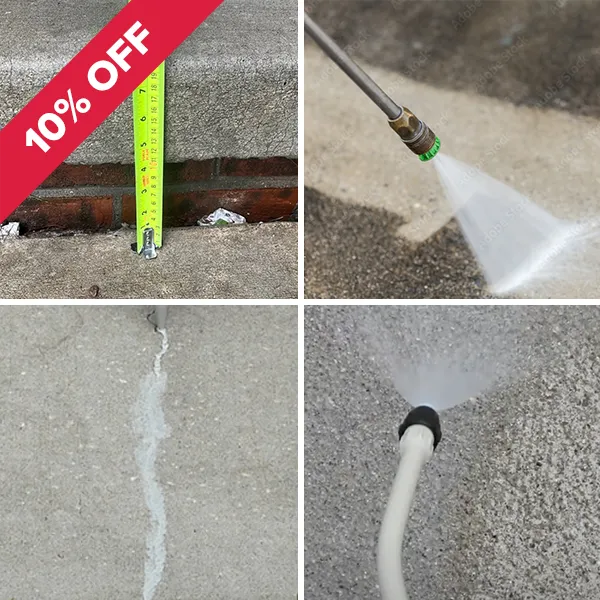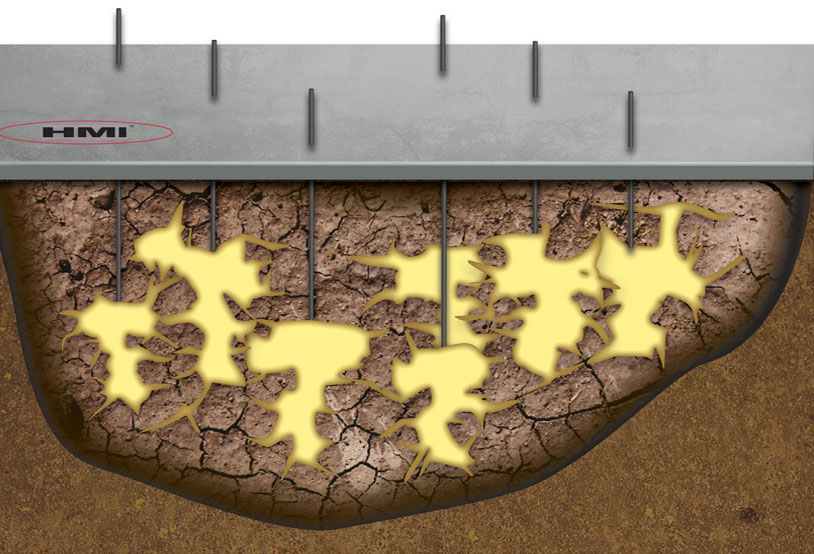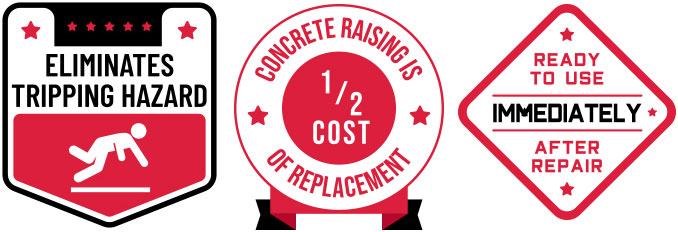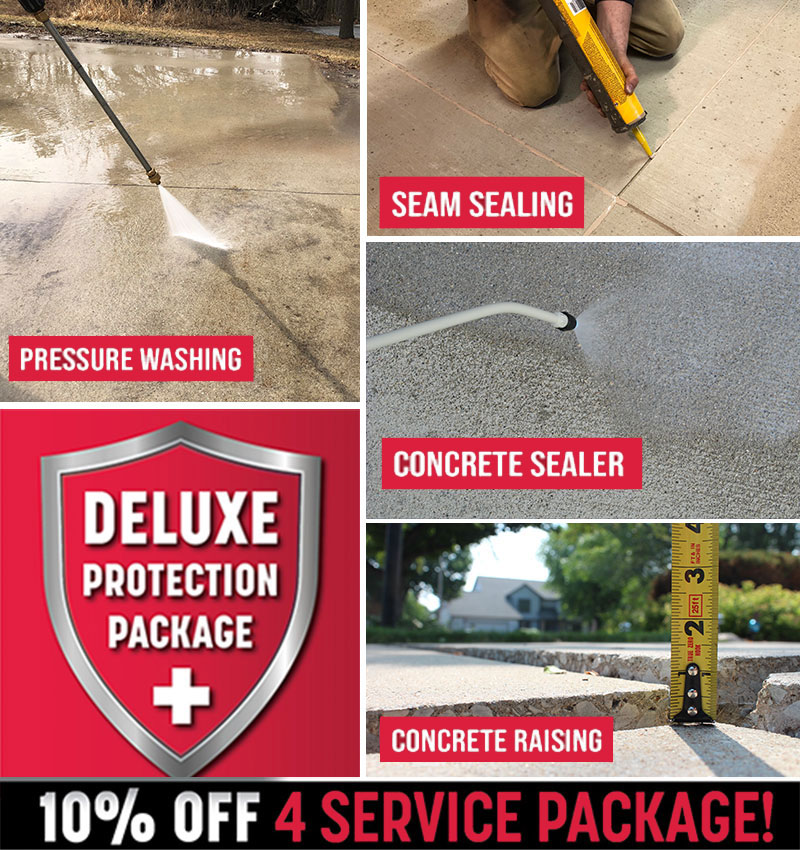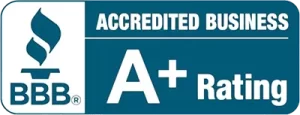When our work is completed, you will need to caulk the seams of the sections that were repaired, or backfill against any exposed areas to contain the material and prevent future sinking.
Self-leveling cement caulk can be purchased easily at a home improvement store and works great for sealing joints. We recommend using a silicone based, self-leveling caulk. If a crack is very large, sand can be used first between the crack before applying the caulk on top.
Preventing water from going under the slab is key to preserving the repaired slab. You will also need to make sure that your downspouts are correctly placed to assure water runs away from your concrete slabs or foundation.
Taking these suggested steps for preserving your raised concrete is a condition of your Raise-Rite warranty.
The good news? We now offer concrete caulking, pressure washing, and concrete sealing services — so if you’d rather have us handle all this, we absolutely can. Our team can complete these protection steps during the same visit, saving you the hassle and helping your concrete last longer.
Let us know what you need — we’re here to help.


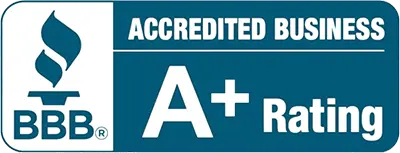
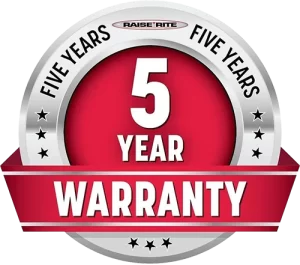
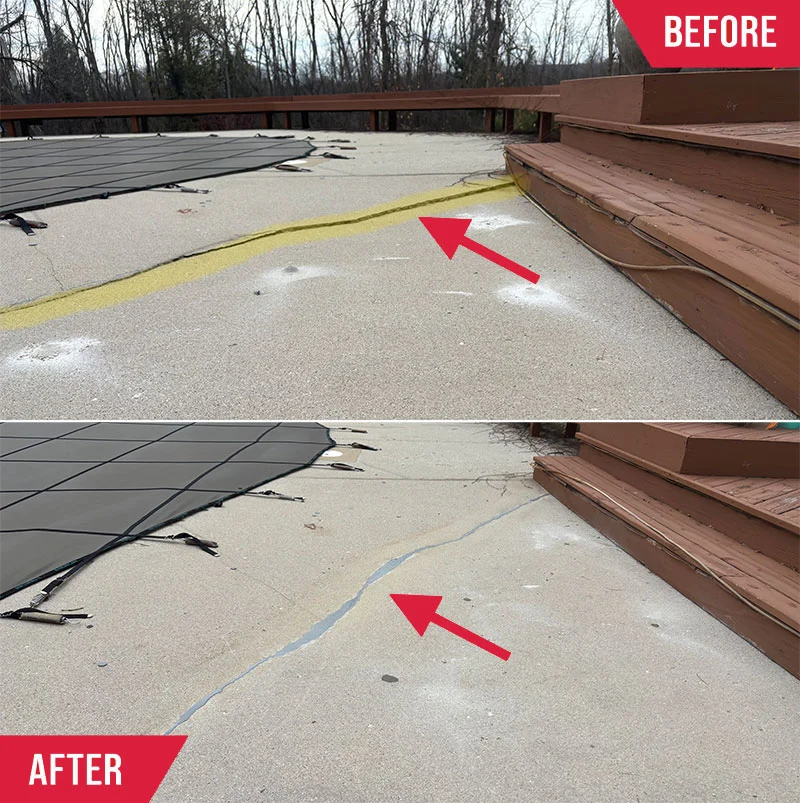
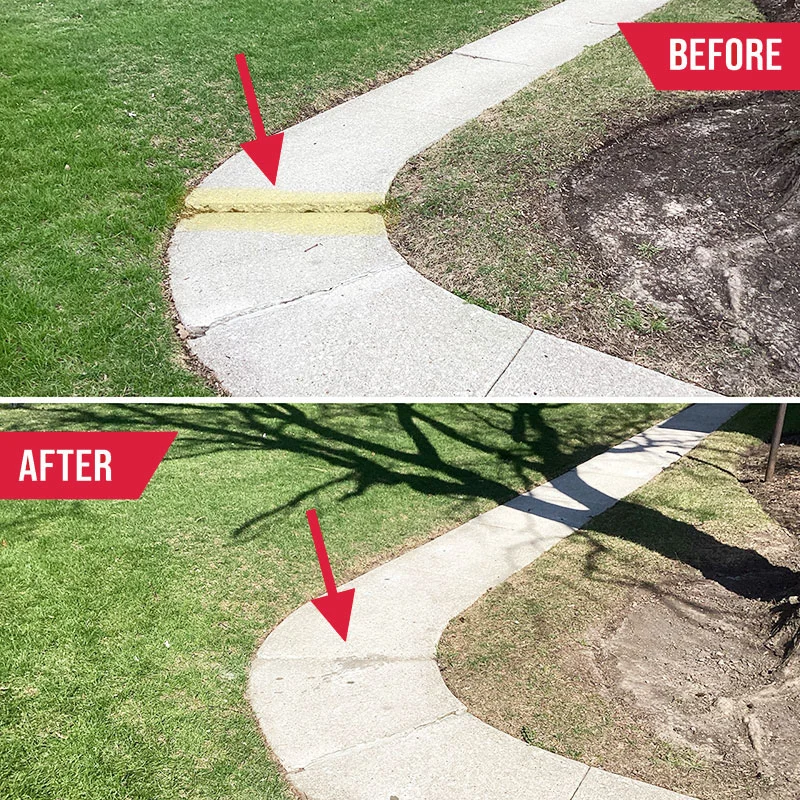
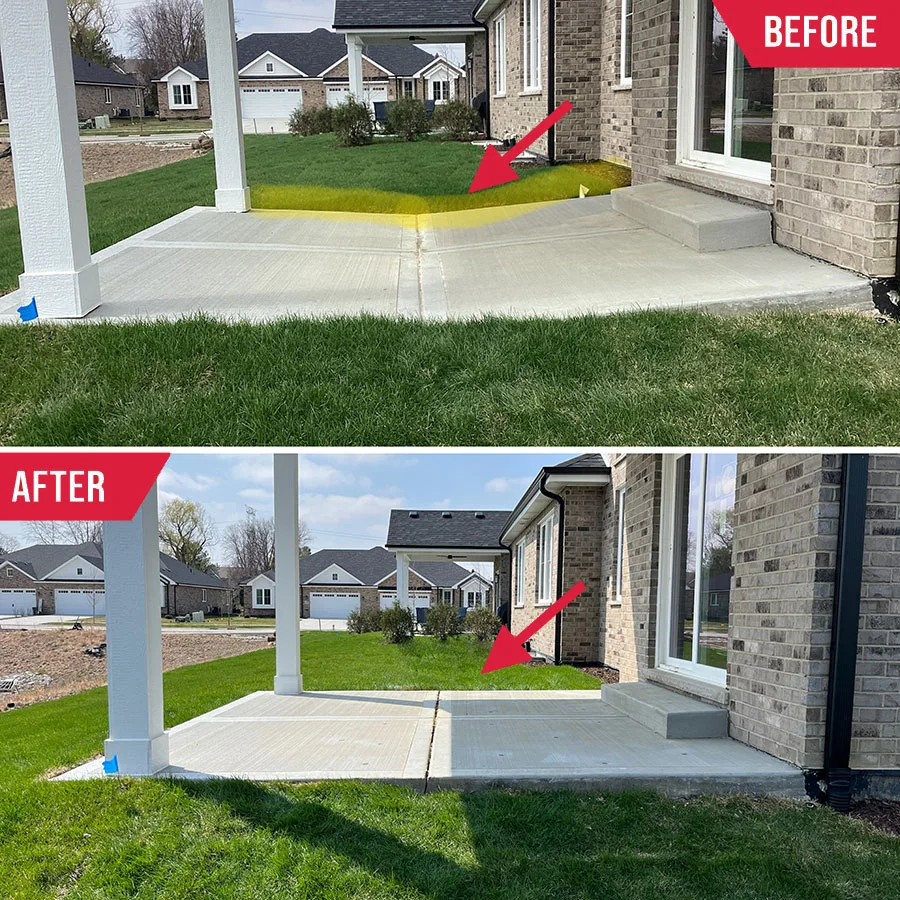
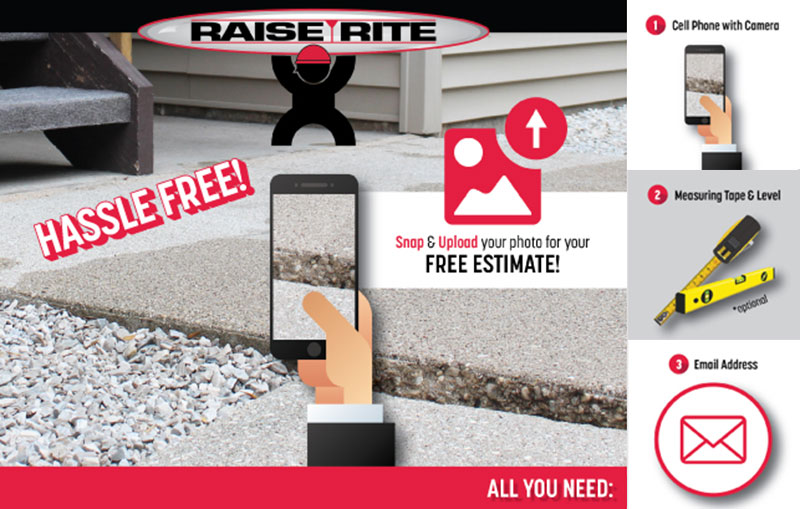
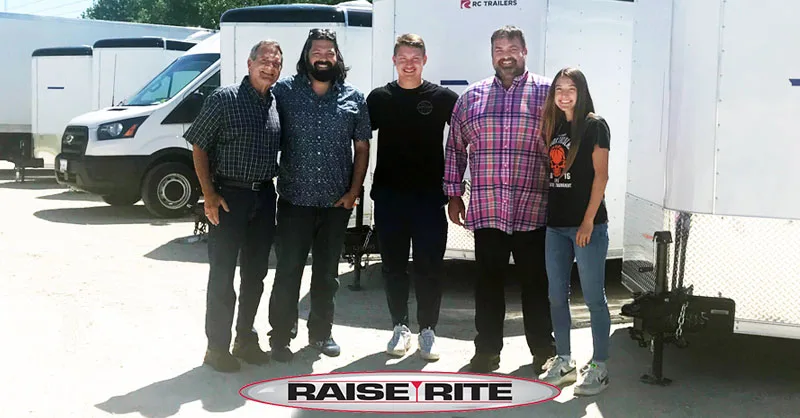
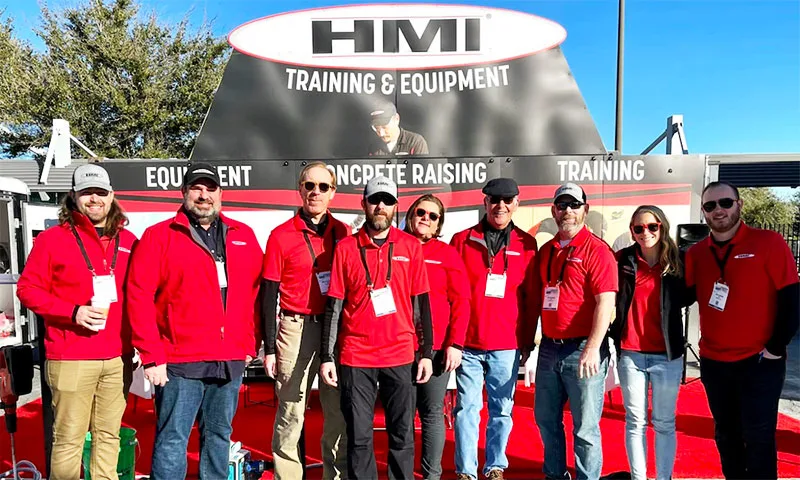
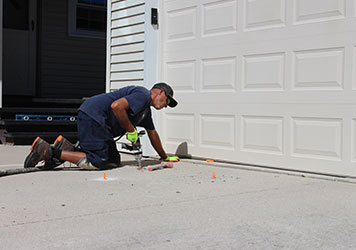
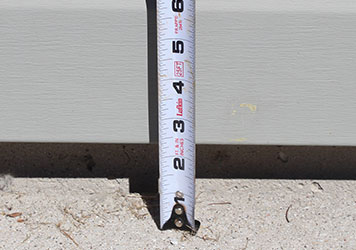
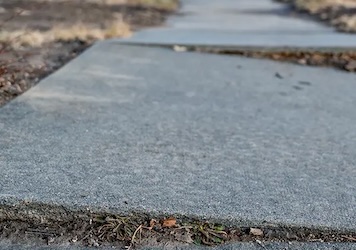
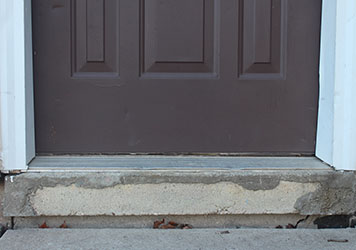
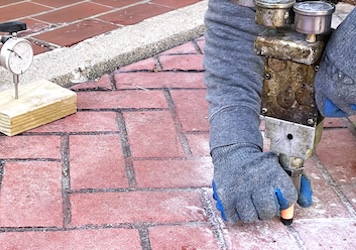
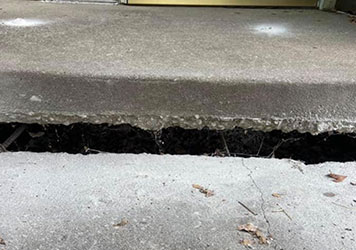
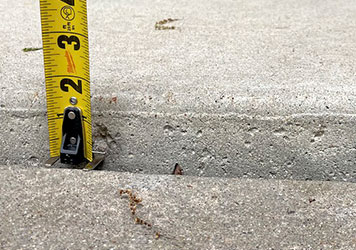
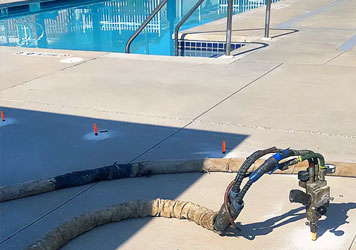
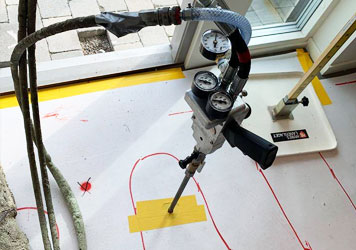
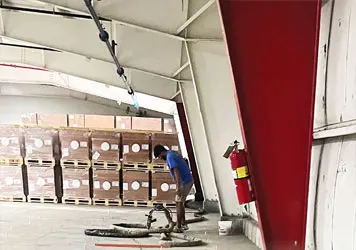
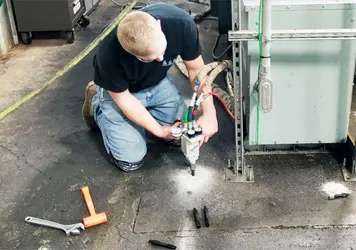
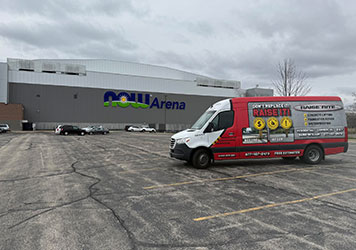
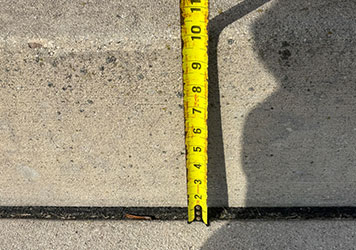
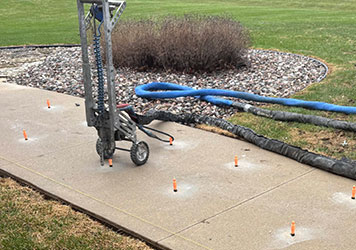
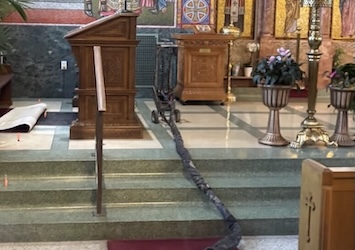
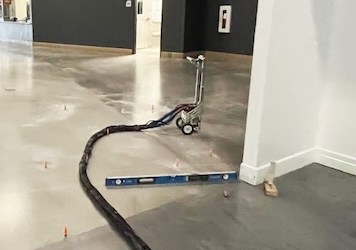
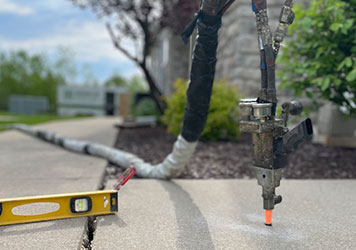
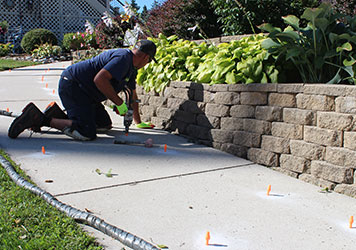
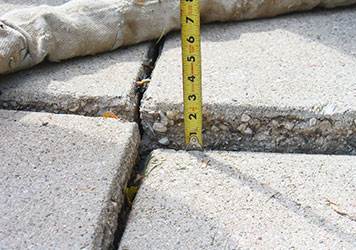
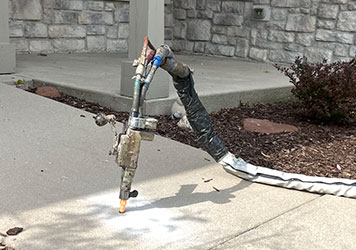

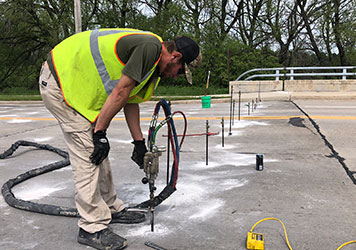
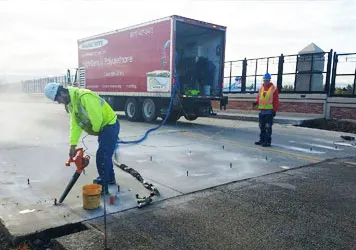
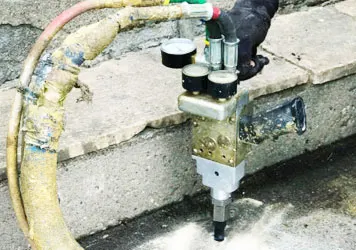
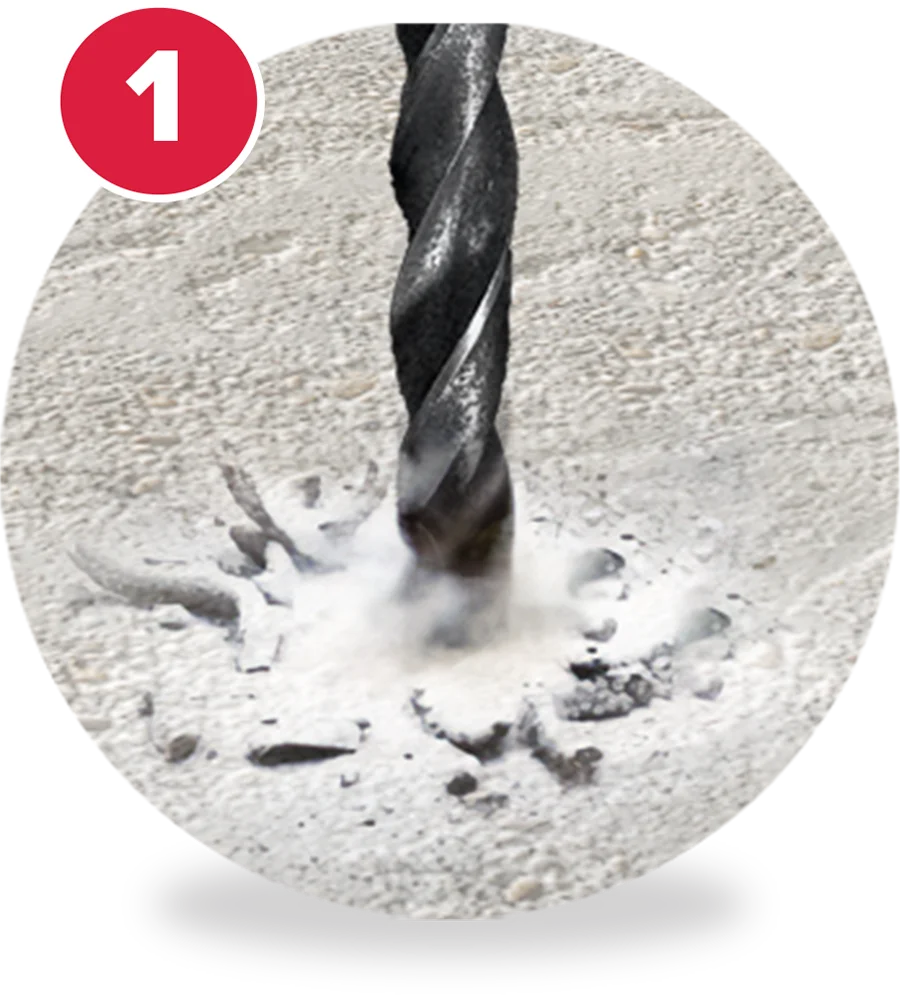
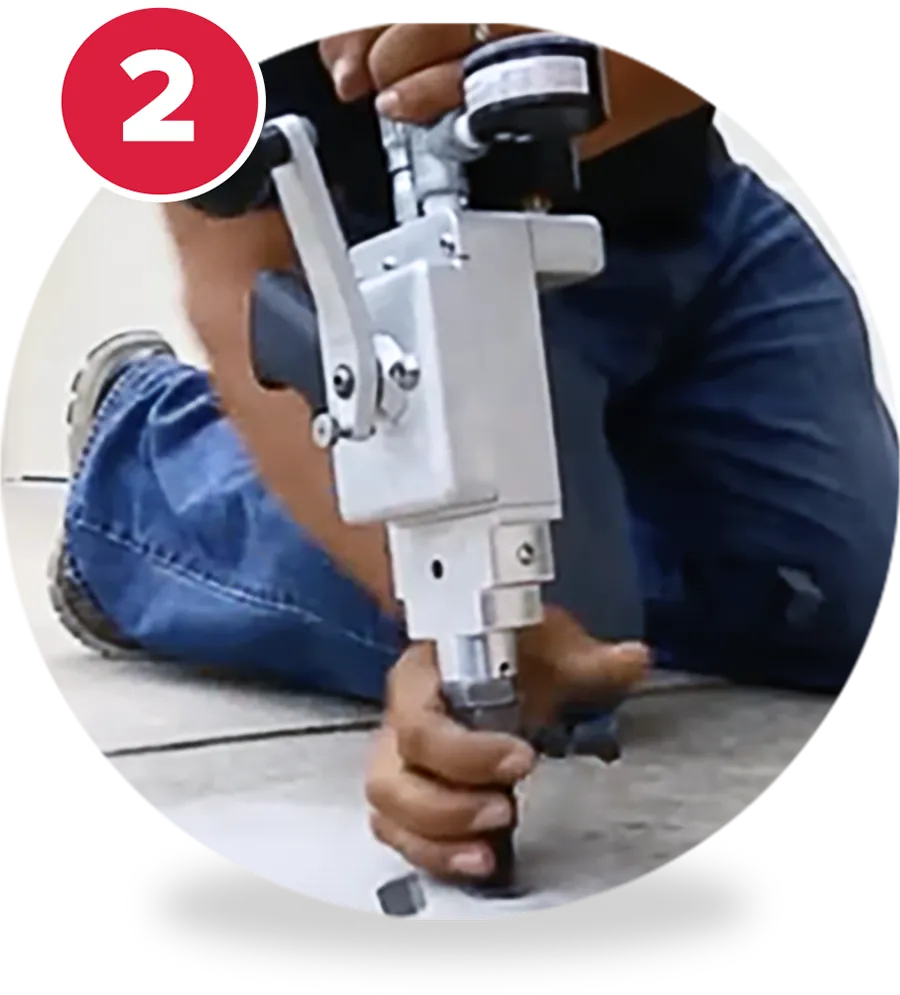
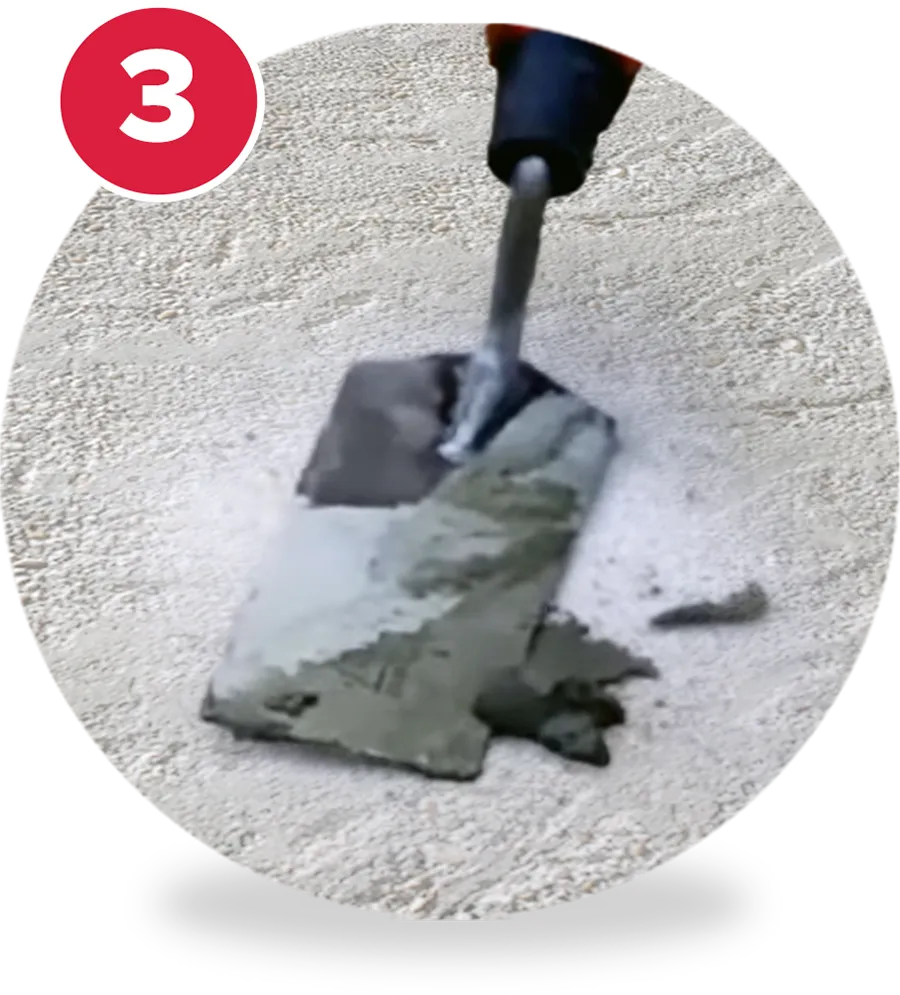
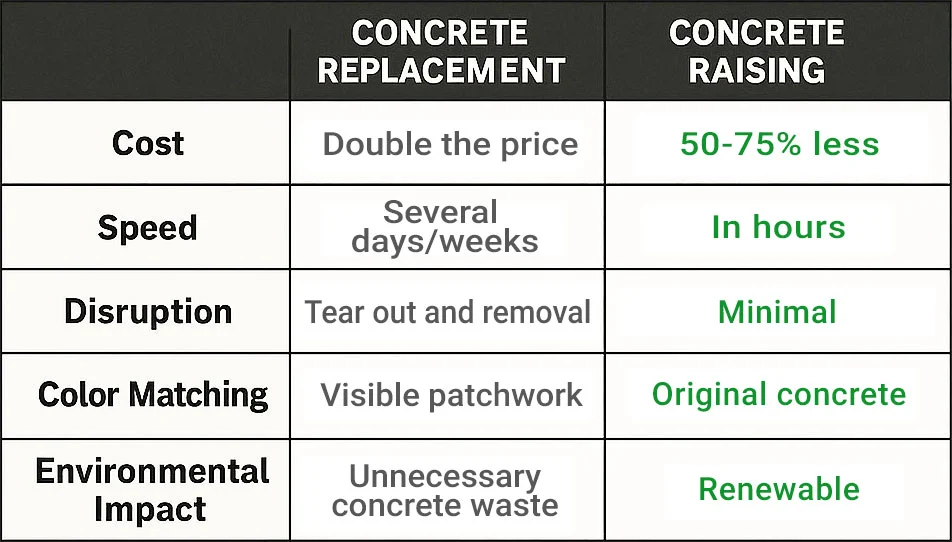
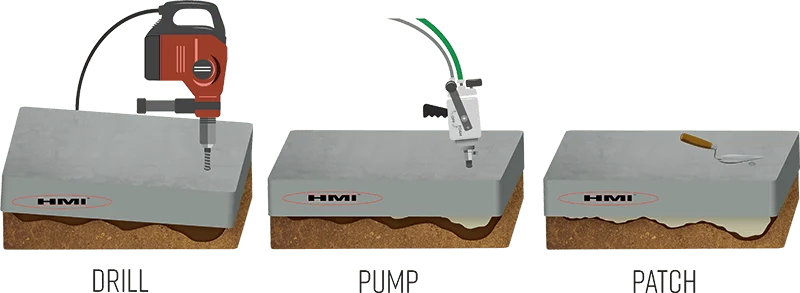
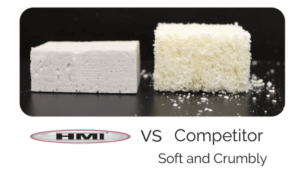
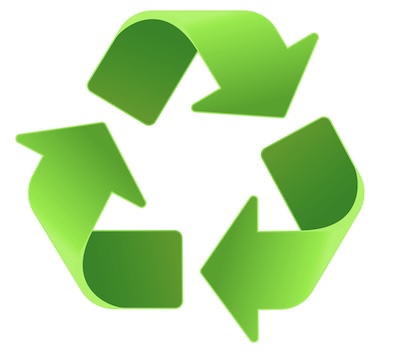
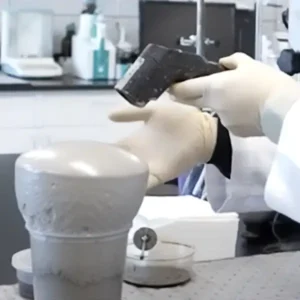
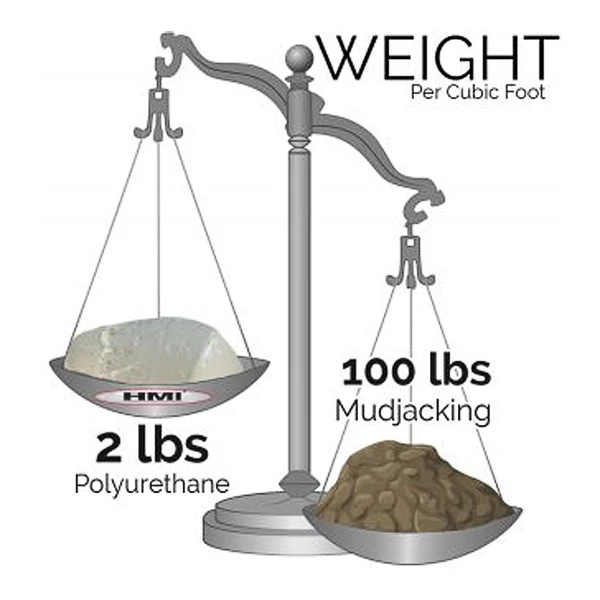 Both methods of concrete lifting will fix your sunken concrete. The difference lies in the process and materials used. Mudjacking and polyurethane concrete raising (also called polyjacking) raise and support sunken or unstable concrete by drilling holes and pumping material under the slab.
Both methods of concrete lifting will fix your sunken concrete. The difference lies in the process and materials used. Mudjacking and polyurethane concrete raising (also called polyjacking) raise and support sunken or unstable concrete by drilling holes and pumping material under the slab.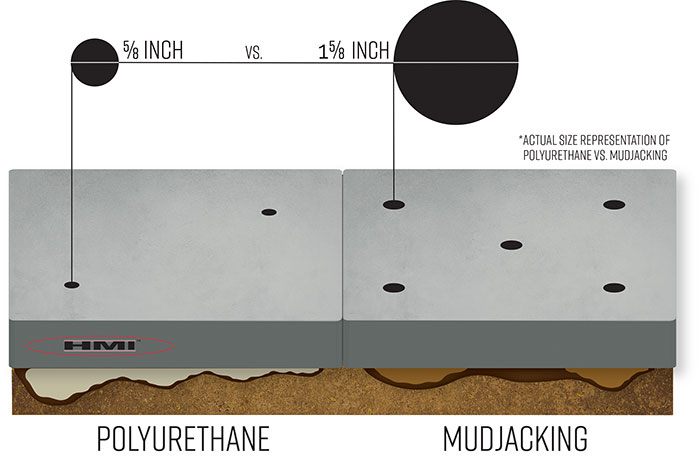
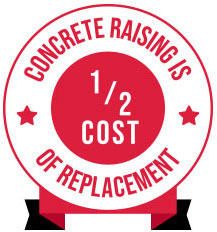
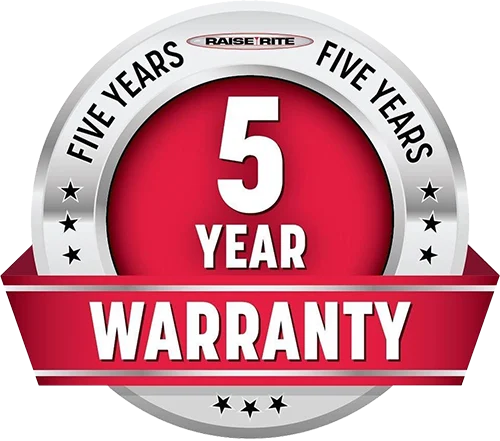
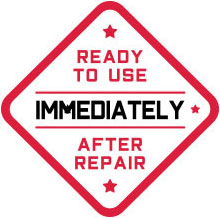 Most concrete lifting jobs take just a few hours. We drill small holes, inject foam, and raise the slab back into place. Once the lifting is done, the foam cures fast — usually within minutes — and the surface is ready to use immediately.
Most concrete lifting jobs take just a few hours. We drill small holes, inject foam, and raise the slab back into place. Once the lifting is done, the foam cures fast — usually within minutes — and the surface is ready to use immediately.